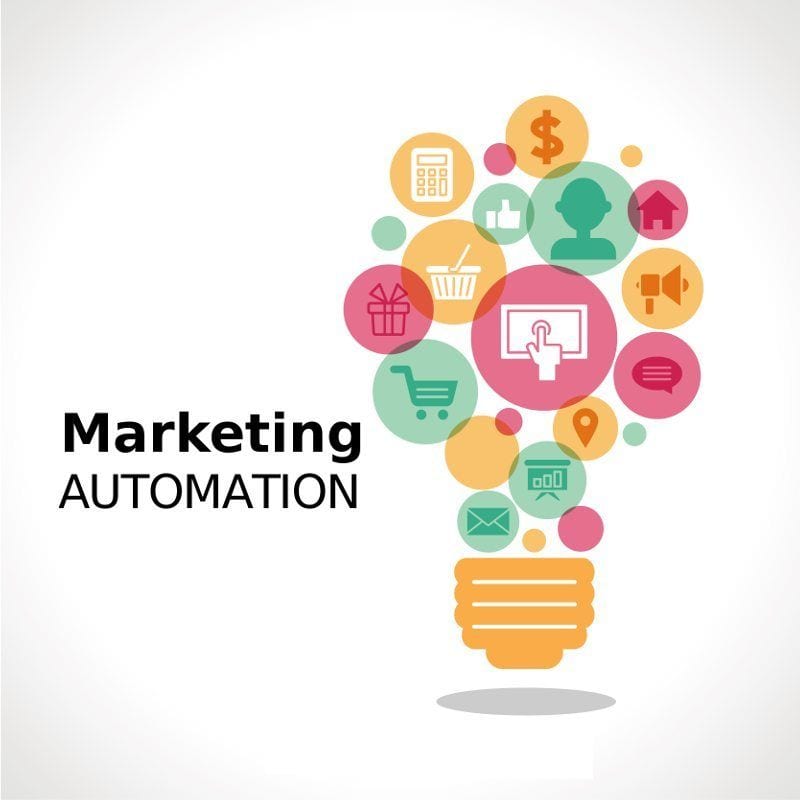Example Diagram of Automated Marketing System
An automated marketing system is a powerful tool designed to streamline marketing tasks, optimize customer engagement, and improve conversion rates. To explain an example diagram of an automated marketing system, let’s explore its key components, functions, and workflows in detail. Here’s an extensive breakdown:
Introduction to Automated Marketing Systems
Automated marketing systems integrate various tools and platforms to create a cohesive and efficient workflow. The primary goal is to automate repetitive marketing tasks such as email campaigns, social media posting, lead nurturing, and performance tracking while maintaining a personalized approach to customer interactions.
A well-designed automated marketing system ensures seamless coordination between different stages of the marketing funnel, from attracting potential leads to converting them into loyal customers.
Components of an Automated Marketing System
-
Lead Generation
- What it does: The system begins by capturing leads through various channels such as landing pages, social media ads, or organic search.
- Key tools: Landing page builders, forms, chatbots, and lead magnets (e.g., free eBooks or webinars).
- Diagram representation: A funnel-shaped graphic symbolizing how potential customers are filtered into the system.
-
Lead Management and CRM Integration
- What it does: Organizes and stores lead information in a central database for easy access and management.
- Key tools: Customer Relationship Management (CRM) software like Salesforce or HubSpot.
- Diagram representation: A database icon that connects to other system components.
-
Marketing Automation Tools
- What it does: Automates workflows such as sending emails, scheduling social media posts, and managing ad campaigns.
- Key tools: Platforms like Mailchimp, ActiveCampaign, or Marketo.
- Diagram representation: Interconnected nodes with icons for email, social media, and ads.
-
Email Marketing
- What it does: Sends personalized emails to leads at the right stage of their journey, such as welcome emails, promotional offers, or cart abandonment reminders.
- Key tools: Email automation software with segmentation and tracking features.
- Diagram representation: An envelope icon linked to other nodes.
-
Social Media Integration
- What it does: Schedules and posts content across social platforms and tracks engagement metrics.
- Key tools: Hootsuite, Buffer, or native platform integrations.
- Diagram representation: Social media icons (e.g., Facebook, Instagram, LinkedIn).
-
Content Management
- What it does: Organizes and delivers content tailored to each customer segment, ensuring relevancy.
- Key tools: Content Management Systems (CMS) like WordPress or content libraries.
- Diagram representation: A document or folder icon.
-
Analytics and Reporting
- What it does: Monitors the performance of marketing campaigns and provides actionable insights.
- Key tools: Google Analytics, Tableau, or built-in reporting features of automation platforms.
- Diagram representation: A graph or chart icon.
-
Feedback and Optimization
- What it does: Collects customer feedback to refine marketing strategies and improve ROI.
- Key tools: Survey platforms, sentiment analysis tools, or direct feedback loops.
- Diagram representation: Circular arrows or a feedback icon.
How the System Works Together
Let’s outline the workflow of an automated marketing system with reference to its diagram:
-
Attracting Leads
- Visitors are drawn to a landing page through SEO, social media, or paid advertising.
- The landing page offers a lead magnet, encouraging users to share their contact information.
-
Capturing Leads
- When a user fills out a form, their data is immediately stored in the CRM.
- Automated responses (e.g., a thank-you email) are triggered.
-
Nurturing Leads
- Based on user actions, segmented email campaigns provide relevant information to guide them through the sales funnel.
- For instance, a user downloading a product guide might receive follow-up emails about related products.
-
Engaging on Social Media
- Simultaneously, social media automation schedules posts and targets ads to potential customers who interacted with the brand.
- Retargeting ads focus on users who visited the website but didn’t convert.
-
Providing Analytics
- The system continuously tracks metrics such as open rates, click-through rates, website traffic, and conversions.
- Data is displayed in dashboards, allowing marketers to make informed decisions.
-
Optimizing Campaigns
- Insights from analytics are used to tweak campaign strategies, refine messaging, or identify high-performing channels.
Benefits of an Automated Marketing System
- Efficiency: Automating repetitive tasks saves time and reduces manual errors.
- Personalization: Advanced segmentation allows marketers to deliver highly targeted content.
- Scalability: The system grows with the business, accommodating increasing leads and campaigns.
- Improved ROI: By optimizing workflows and targeting, businesses can achieve better results with fewer resources.
Challenges and Solutions
-
Integration Issues: Different tools may not work seamlessly.
Solution: Use platforms offering built-in integrations or API connectivity. -
Cost Concerns: Automation software can be expensive.
Solution: Start with budget-friendly tools that meet immediate needs. -
Learning Curve: Complex systems require training.
Solution: Invest in user-friendly platforms and training sessions.
An automated marketing system is a cornerstone of modern digital marketing strategies. The combination of lead generation, email marketing, CRM, social media, and analytics ensures that businesses can efficiently manage their marketing efforts while delivering a personalized experience to customers. A diagram of such a system illustrates the interconnectedness and flow of information that drives its success, making it a valuable asset for any organization looking to scale its marketing efforts.
————-
Watch more:

